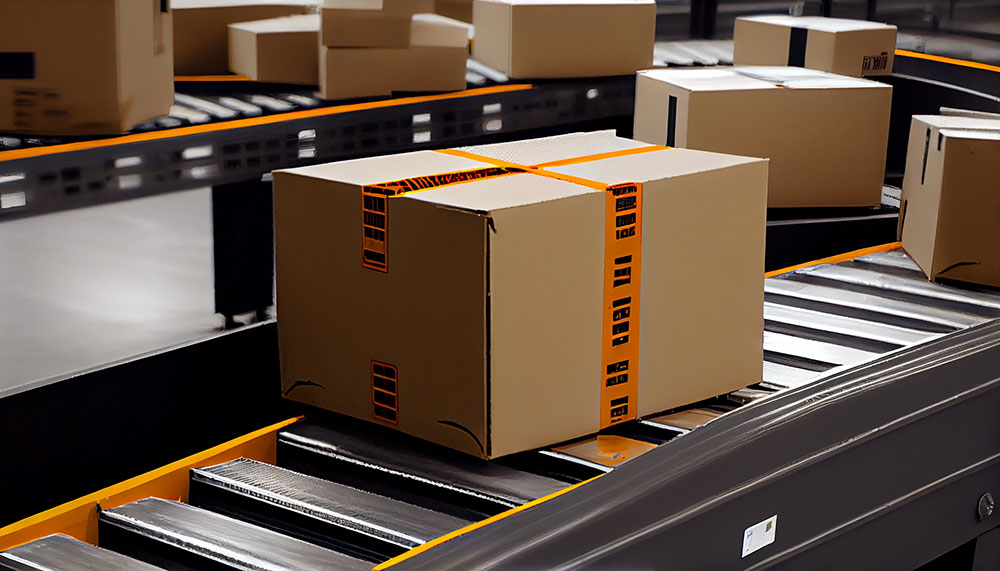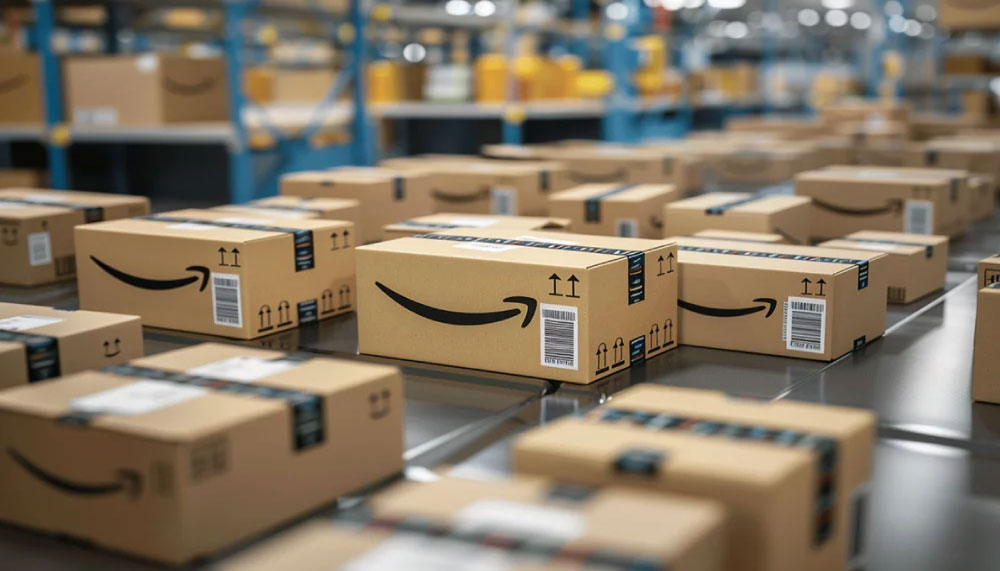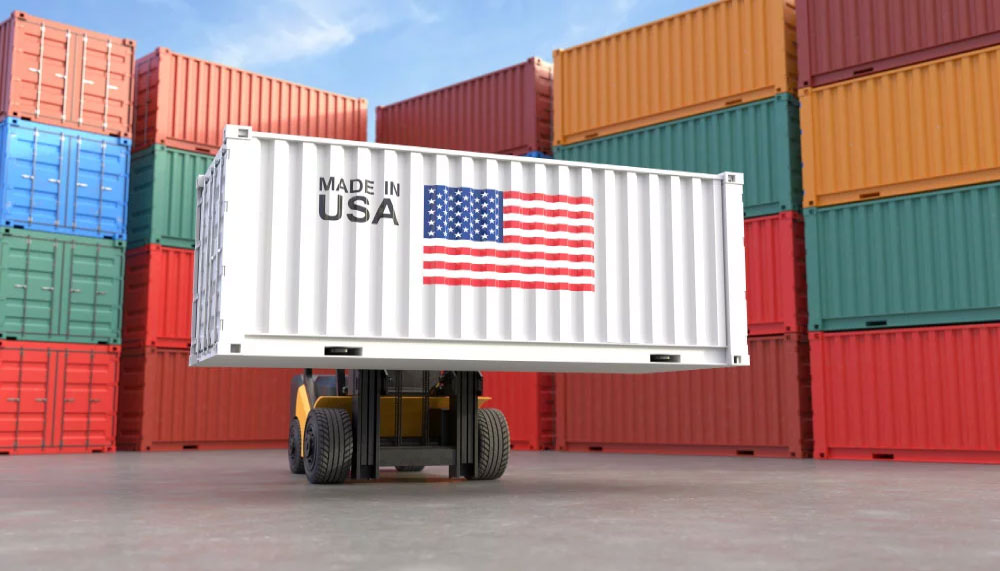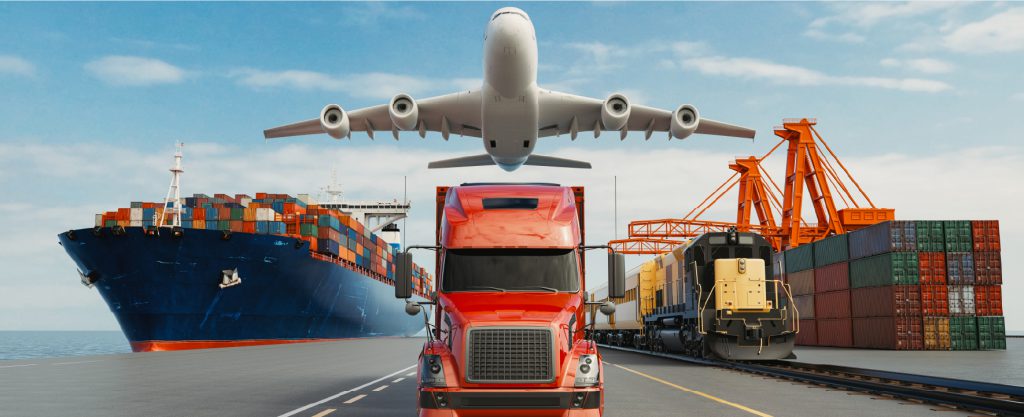Your Best Global Freight Forwarder
Yes, you might have to pay customs for a package from China to the Philippines if its CIF value exceeds PHP 10,000, which is the de minimis threshold. Below this value, no taxes or duties are generally charged. If the value is higher, duties ranging from 0% to 20% and a GST of 12% may apply based on the product's HS Code.
It depends on arrival and departure ports, but for reference, you should pay about 900-1000 USD for a 20FT one and about 1700-1900 for a 40FT one.
For shipping 20 or 40-foot containers, the route from Shenzhen to Manila is often the most cost-effective option.
Regarding small parcels under 2kg, the cheapest method is typically China Post, though it's important to note that the transit time can be quite lengthy, ranging from about 2 to 4 weeks.
Yes, freight flight services are operating between China and the Philippines. Cargo airlines facilitate the shipment of goods between the two countries, offering services that generally result in average transit times ranging from 1 to 3 days.
For shipping fees below 500 US dollars, we can accept payment through Paypal or T/T. If the shipping fee exceeds 500 US dollars, we can only accept payment through T/T. However, if your supplier is willing to make payment to us in CNY, we are also happy to accept it.
For air freight: You can track the transportation route by entering the bill of lading number on the website of the airline company. The bill of lading number is composed of Arabic numerals and has a format of "***-**** ****". For sea freight: We usually recommend tracking the shipment through the container number on the website of the shipping company as this method is the most accurate.





